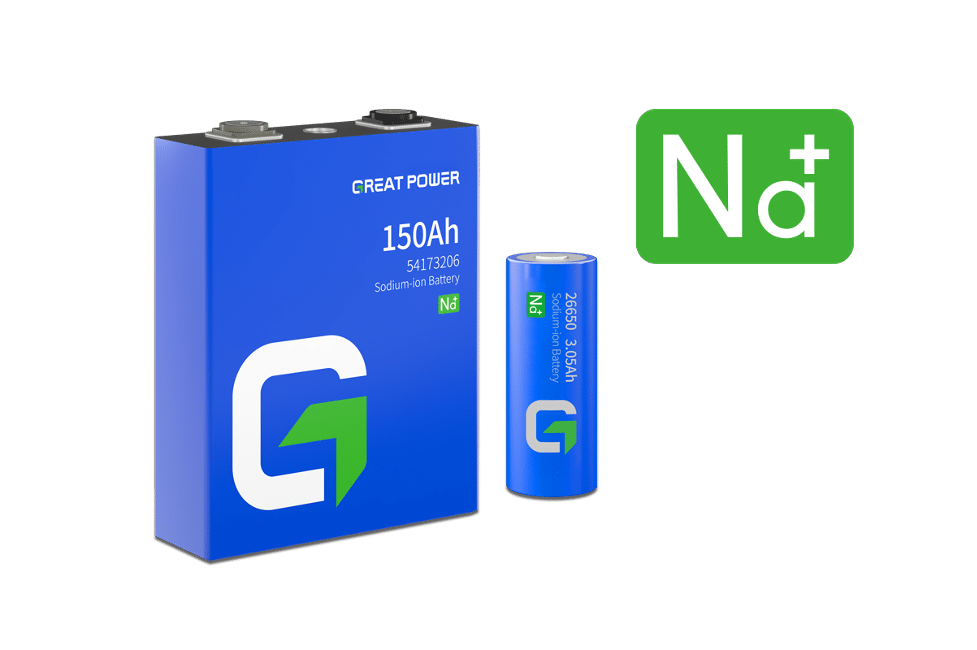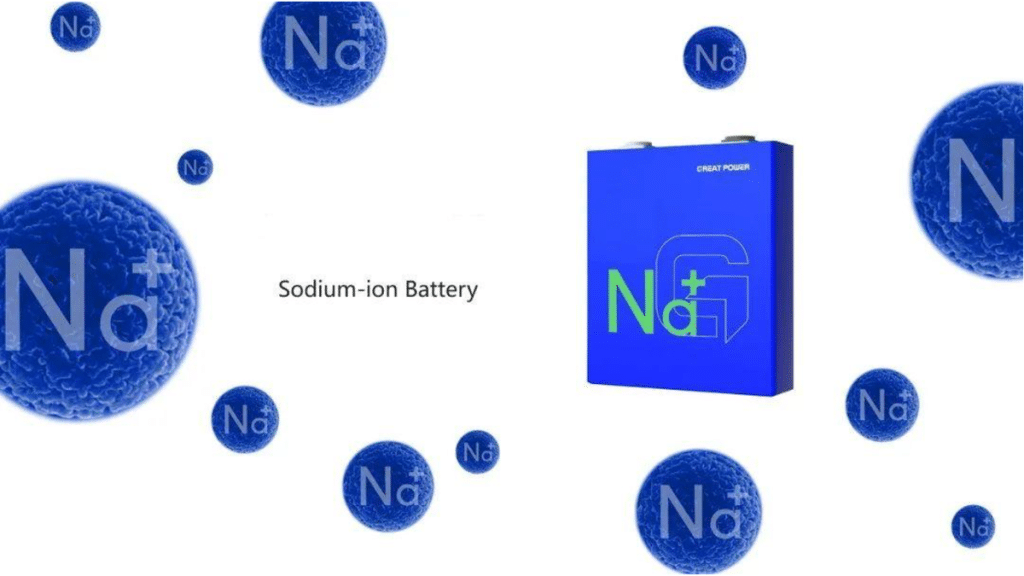As the world transitions toward renewable energy and electrified transportation, battery technology has become the backbone of this transformation. From powering electric vehicles (EVs) to storing solar and wind energy, batteries are playing an increasingly vital role.
While lithium-ion batteries have long dominated the market, a new challenger has emerged: the sodium-ion battery. Promising lower costs and more sustainable raw materials, sodium-ion battery technology is gaining momentum. But how do they truly compare?
In this article, we’ll explore the differences between sodium-ion and lithium-ion batteries, how they work, and which might better serve our future energy needs.
What Are Lithium-Ion Batteries?
Lithium-ion (Li-ion) batteries store and release energy through the movement of lithium-ions between the positive (cathode) and negative (anode) electrodes. During charging, lithium-ions migrate from the cathode to the anode through the electrolyte. When discharging, they travel back to the cathode, creating an electric current.
Popular Chemistries
- LFP (Lithium Iron Phosphate): Known for safety and long cycle life, often used in electric buses and affordable EVs.
- NMC (Nickel Manganese Cobalt): Offers higher energy density, widely used in consumer electronics and premium EVs.
Strengths of Lithium-Ion Batteries
- High energy density: Excellent for applications where space and weight are limited, like smartphones and EVs.
- Long cycle life: Many Li-ion batteries last over 1,000 full charge cycles.
- Mature technology: With decades of development, Li-ion batteries benefit from an established global supply chain.
Mainstream Applications
- Electric vehicles (Tesla, BYD, etc.)
- Smartphones and laptops
- Residential solar energy storage systems
What Are Sodium-Ion Batteries?
Sodium-ion batteries function similarly to lithium-ion batteries but replace lithium-ions with sodium-ions (Na⁺). Sodium ions shuttle between electrodes during charge and discharge cycles. However, due to their larger ionic size and higher reactivity, the materials used in sodium-ion cells are different.
Recent developments use hard carbon as the anode and sodium layered oxides or polyanionic compounds like Na₃V₂(PO₄)₂F₃ as the cathode, helping improve the electrochemical performance.
Why Sodium?
- Abundant: Sodium is the sixth most abundant element on Earth and far more plentiful than lithium.
- Low-cost: Raw materials for sodium-ion batteries are significantly cheaper.
- Environmentally friendly: Less mining impact compared to lithium and cobalt extraction.
Current Status of the Technology
Sodium-ion battery technology is still in its early stages. While prototypes and pilot projects are underway, widespread commercial adoption remains limited. However, breakthroughs from companies like CATL, Natron Energy, and Faradion suggest growing potential.
Potential Applications
- Grid-scale energy storage, especially for solar and wind
- Cold-weather energy systems, as sodium-ion cells perform better in sub-zero temperatures
- Backup systems and microgrids in developing regions
Head-to-Head Comparison: Sodium-Ion vs Lithium-Ion
| Feature | Lithium-Ion | Sodium-Ion |
| Energy Density | 150–250 Wh/kg | 100–160 Wh/kg |
| Cost | Higher (>$100/kWh) | Lower (<$80/kWh potential) |
| Cycle Life | 1,000–3,000+ cycles | 1,000–2,000 cycles (varies) |
| Safety | Fire risk if damaged | Generally safer, less flammable |
| Temperature Tolerance | Moderate | Excellent at low temperatures |
| Resource Availability | Limited (esp. cobalt, lithium) | Abundant sodium, iron, manganese |
Current Use Cases and Commercial Readiness
1. Lithium-Ion: Market Leader
Lithium-ion is the dominant force in:
- EVs: Tesla, BYD, Ford, and others rely heavily on Li-ion batteries.
- Consumer electronics: Phones, tablets, and laptops are powered almost exclusively by Li-ion.
- Home and utility storage: Tesla Powerwall, Sonnen, and Enphase use Li-ion for solar backup systems.
2. Sodium-Ion: Gaining Traction
- China’s CATL is producing sodium-ion batteries for commercial testing.
- Natron Energy (USA) began mass production of sodium-ion batteries in 2024.
- Faradion (UK) is partnering with global players to scale production.
- Pilot projects are underway in India, Sweden, and France for grid and renewable integration.

Great Power’s Sodium-Ion Energy Storage Cells
One of the most promising players in the sodium-ion battery space is Great Power, a Chinese battery manufacturer that has been developing sodium-ion battery technology since 2019. Over the past few years, the company has made substantial breakthroughs, particularly in the layered oxide and polyanion systems—two of the most promising cathode materials for sodium-ion batteries.
Great Power has released two types of sodium-ion cells:
- 150Ah prismatic cell for large-scale storage
- 3050mAh cylindrical cell for smaller or modular systems
Both cell types have passed evaluations from the China Electronic Technology Standardization Institute, making Great Power the first certified sodium-ion battery provider in China.
In terms of performance, Great Power’s layered oxide cells achieve energy densities of up to 150 Wh/kg, with cycle lives exceeding 3,000 cycles. Meanwhile, the company’s innovative polyanion chemistry enables exceptional stability, boasting over 6,000 cycles—a major leap toward addressing two of the main challenges of sodium-ion technology: low energy density and limited longevity.
With scalable designs and robust testing, Great Power is helping push sodium-ion batteries from experimental labs into real-world deployment—a key step in making sustainable, cost-effective energy storage a reality.
Conclusion
Sodium-ion batteries are an exciting development with the potential to transform energy storage—particularly where cost, safety, and sustainability are more important than raw energy density. However, lithium-ion batteries are still the gold standard for EVs and compact devices due to their superior energy density and established ecosystem.
Instead of a single winner, the future likely holds a diversified battery landscape, where lithium-ion dominates mobile and automotive applications, while sodium-ion finds its niche in large-scale, affordable, and cold-climate energy storage.
As battery innovation accelerates, one thing is clear: sodium-ion batteries are no longer a dream—they’re becoming a reality.

